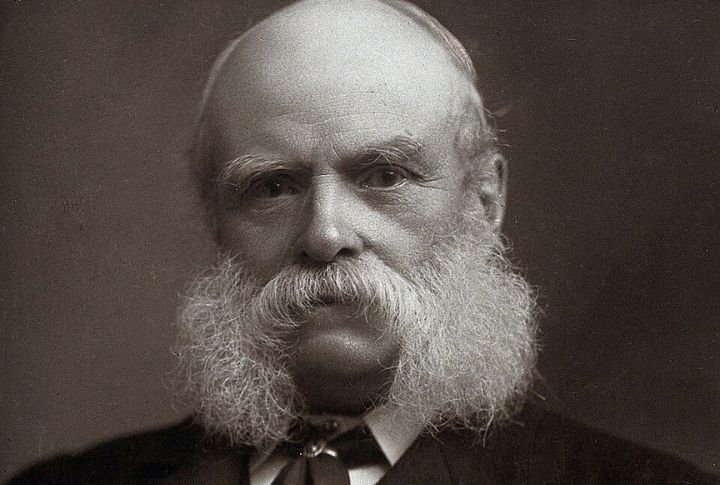
Facial hair can be carefully styled art, or it can look like a bold experiment gone wrong. Some styles make people stare, laugh, or scratch their heads in disbelief. The first five on this list reveal bizarre beards, while the last five showcase mustaches with equally strange charm. You’re about to see looks you never imagined possible. Let’s start.
French Fork
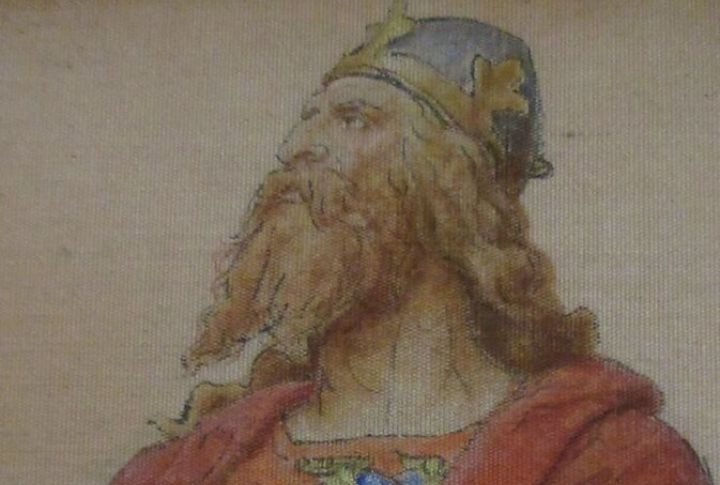
The French Fork displays a full chin beard split into two sharp points. This separation is intentional and regularly maintained. Visible even in windy conditions, the division keeps the style distinct. Pointed ends, however, can easily catch on zippers or buttons, so wearing this beard demands extra care during daily activities.
Mutton Chops
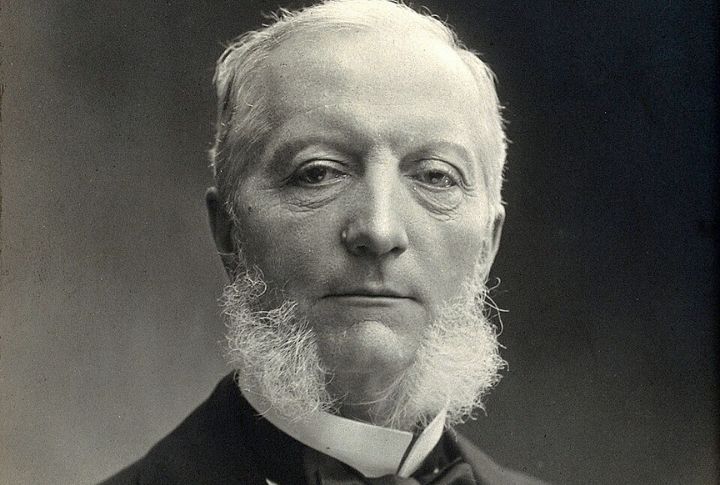
In the style known as Mutton Chops, thick hair grows from the sideburns down the cheeks and stops before it reaches the chin. This leaves a noticeable gap in the middle and creates two fluffy “pillows” of hair on the face. Designed to exaggerate facial width, it makes the cheeks look noticeably larger.
Neck Beard

A Neck Beard features hair entirely beneath the jaw, with cheeks and chin kept clean-shaven. From a head-on view, it usually goes unnoticed until the head tilts back. In some cases, the growth merges smoothly with chest hair and forms an uninterrupted stretch of hair that remains below the face.
Side Whiskers
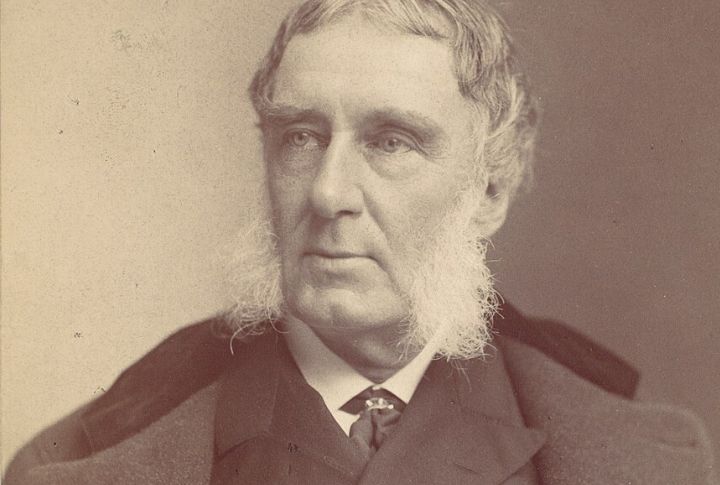
In Side Whiskers, hair grows thick along the sideburns and cheeks, sometimes reaching the jawline. The chin and upper lip stay bare, so the sides of the face stand out. From the front, it looks unfinished, but from the side, you can clearly see two thick patches of hair.
Old Dutch
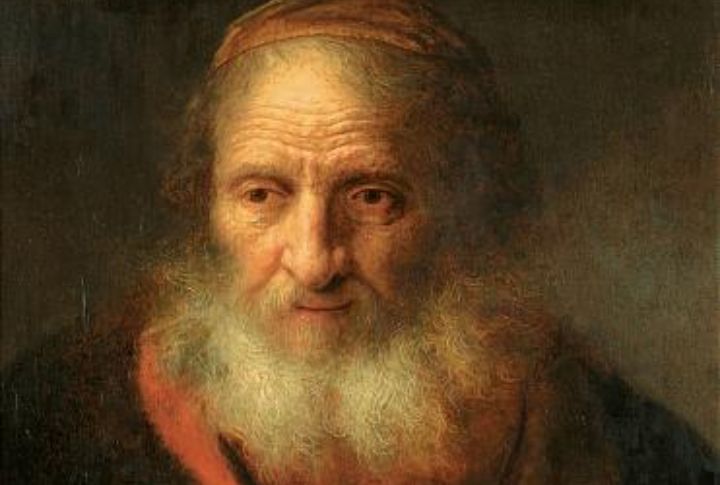
Old Dutch beards cover the chin and jaw fully but exclude any hair on the upper lip. This style resembles an inverted helmet, which makes the lower face bulkier. Therefore, a gap above the lip gives the mouth a floating look, producing a strangely disconnected and weird facial effect.
Now it’s time to swap the beards for their upper-lip counterparts. These next five mustache styles push facial hair into strange, eye-catching territory you won’t forget anytime soon.
Horseshoe Mustache

Hair grows from the upper lip down both sides of the mouth to the jawline in this mustache style. It forms thick “parentheses” around the mouth. The style can make smiles look bigger and sometimes gives the mouth an unfinished or construction-like appearance.
Walrus Mustache
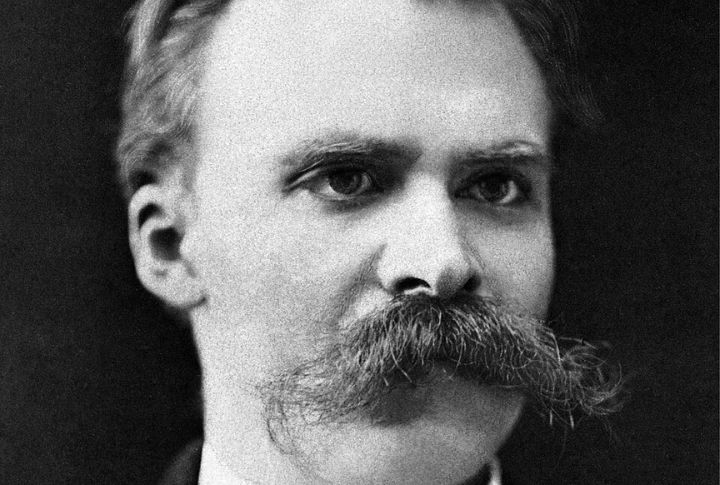
The Walrus Mustache grows so long that it completely covers the upper lip, and hair frequently hangs over the mouth. This odd overgrowth turns the mustache into a crumb trap and muffles speech when untrimmed. Eating or drinking means parting the thick curtain of hair, which renders it one of the messiest mustache styles.
Cat Whiskers Mustache
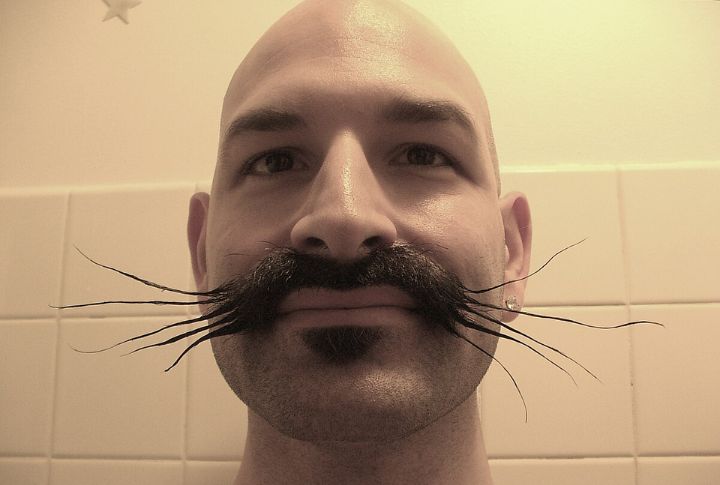
Thin hairs stick straight out from the upper lip, never drooping downward, in what’s known as the Cat Whiskers Mustache. Resembling a cat’s whiskers, they frequently brush against the cheeks. In humid weather, the shape quickly collapses and requires frequent grooming to keep the style sharp and noticeable.
Handlebar Mustache
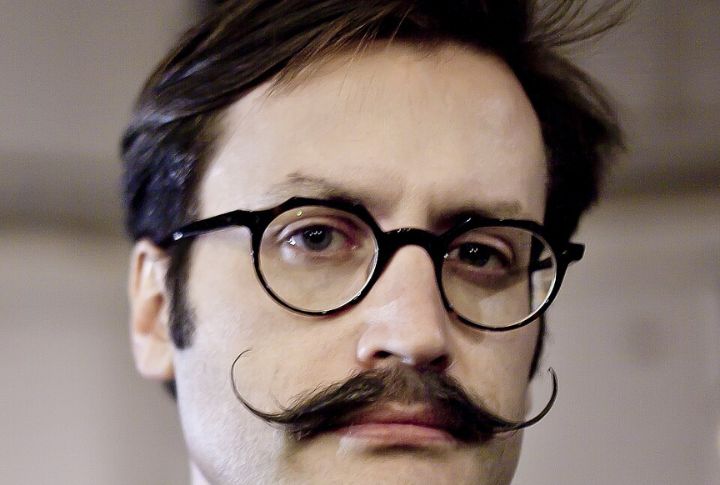
The Handlebar Mustache is an eccentric style with ends curling upward in symmetrical arcs. It requires daily shaping to maintain its unusual, lifted appearance. Those curled tips mimic tightly wound party ribbons and remain visible even under a mask because of their distinctive upward curve.
Toothbrush Mustache
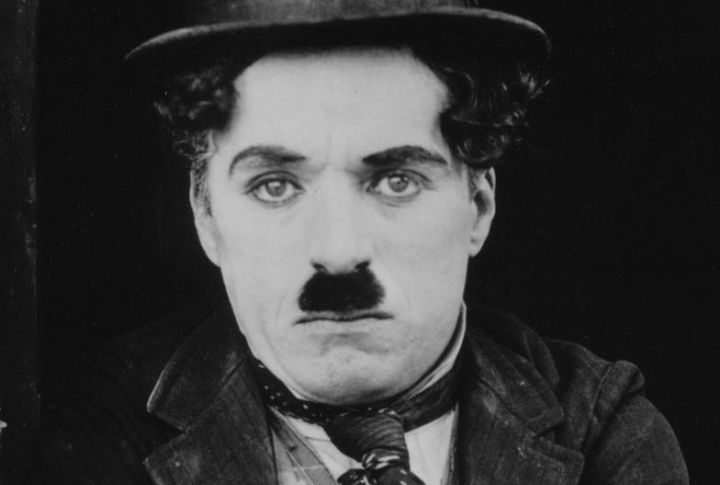
Imagine a narrow rectangle in the middle of the upper lip, with the rest shaved smooth. That’s the Toothbrush Mustache—a tiny patch like a lost postage stamp. So precise you could measure it with a ruler, it leaves most of the lip oddly exposed, which makes the bare skin stand out unusually.

